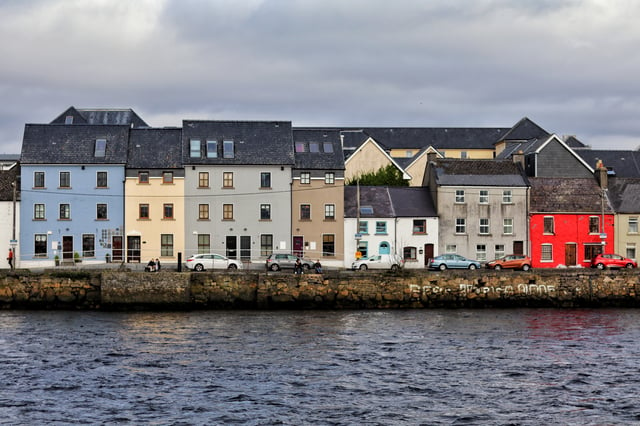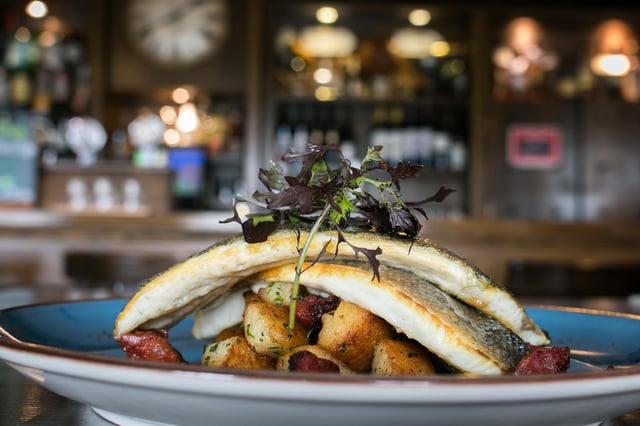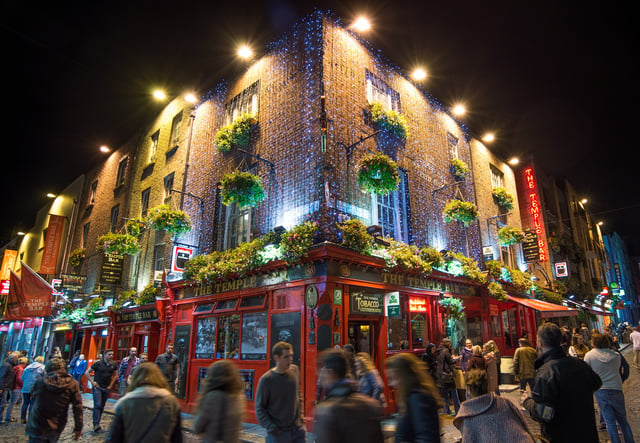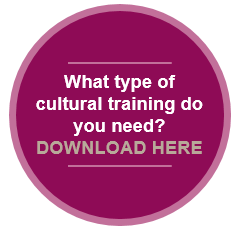Whether you are going on vacation, moving abroad, or traveling for work, it is always comforting to know the basics before you arrive. Feeling comfortable with what people eat, how they interact in public, and even how they get around, are some of the first steps to feeling at ease in another culture. If you know what to expect you can spend less time fretting and more time soaking in all of the new experiences travel brings.
The island of Ireland consists of four provinces. There are 32 counties, each with their own qualities. 26 of those counties are in the Republic of Ireland, while six lie in Northern Ireland (which is part of the United Kingdom). This means that the Republic of Ireland uses the Euro, while Northern Ireland uses the Pound Sterling.
The Emerald Isle is known for many things: unpredictable weather, lively music and banter, passion for sports, and exceptional literature. Perhaps the most beloved aspect of Ireland is the people. The Irish are known around the world for being friendly, clever, and wonderful hosts. For this reason, Ireland is an attractive location for global companies. If you are heading to Ireland for business with a multicultural team, read on to learn what to expect!
Social Climate
When meeting someone for the first time, make direct eye contact and maintain it throughout the conversation. It is acceptable to be “fashionably late” to a social event by 15-20 minutes, but in a business setting, especially in Dublin, visitors are expected to arrive on time, although your Irish host could be late. Order is important to the Irish and queuing (waiting in line) is taken very seriously. Waiting your turn is proper etiquette. It is against the law to smoke indoors.
The extended family unit dominates Irish social structure. Family members may move away, but there remains a strong sense of “home.” The Irish have a reputation for wit and humor and enjoy telling elaborate stories and jokes in public and especially in the local pubs. The Irish language is lyrical and poetic, turning common communication into an art form.

Language
Ireland has an official policy supporting bilingualism. There are two official national languages: Irish (Gaelige), and the second official language is English. English is the lingua franca, or common language, but Irish is taught in all schools and is the primary language for approximately 100,000 people on the island. These areas are called Gaeltacht areas. Signs are written in both languages and the English spoken in Ireland often adapts Irish words. The Irish have a rich heritage of language, speech, and literature and are prolific story-tellers with a penchant for understatement and wit. Speech volume tends to be low with outsiders and louder with family and friends. Wait to be introduced to strangers before introducing yourself.
The Irish are emotive speakers whose body language, use of words, and tone convey context and emotion. A handshake and a common greeting such as, “pleased to meet you,” or “how do you do?” are appropriate when meeting someone in Ireland. Known for their friendly, outgoing personalities, the Irish enjoy conversation, and engaging with someone from Ireland should not be a challenge.
Doing Business
The business day in Ireland is defined as 9am to 5pm. When arriving at the office, make sure to say “good morning” to your associates. Shake hands only with people you do not know. Employees commonly socialize in the local pub after work and consider it a place to unwind and where rank disappears
While Ireland is an egalitarian culture, decision-making takes place in the higher business echelons and lower ranking team members wait for directions and decisions from above. To balance corporate structure, many companies will allow team members to express their opinions and share thoughts before a decision is made. Irish workers expect to be rewarded for jobs well done but not necessarily in public.
Food
Famous foods in Ireland include:
- Shephard’s pie
- Irish stew
- Boxty
- Colcannon
- Irish soda bread
- Scones, shortbread, and puddings

Housing
Flats are typically the least expensive accommodation in Ireland. Flats are often older houses with shared facilities but separate living areas. Apartments usually have a better layout than flats and are therefore more costly.
Houses throughout Ireland may either be free standing (in towns and villages) or semi-detached/row houses in the cities. If you are renting, the property may be furnished with basic furniture. Also, consider available area parking if you plan to have a car.
Schooling
In Ireland education is compulsory for children between the ages of 6-16, or until the student has completed three years of secondary schooling and passed the Junior Certificate examination.
Students may attend preschool from ages 3-4. After preschool, students attend primary school (ages 4-12), then secondary school (ages 12-16), after which students may receive their Junior Certificate and stop their education.

For those that choose to, they may go on to senior secondary school (ages 16-17) or vocational secondary for job specific training. After senior secondary, students may be awarded a Leaving Certificate and decide to attend university domestically or internationally.
How can you tell if an Irish person is having a good time? They will be Dublin over with laughter!
Transportation
Busses are the most common form of public transit in major cities. Additionally, rail networks are available in Dublin, Cork, Galway, and Limerick. If you’re traveling along the coast, hop on a ferry. Or, pedal your bike through the countryside and around town for an eco-friendly option. If you’re planning on driving, be sure to carefully review the rules before getting behind the wheel.
Attractions: Museums and Nature
Some of the top attractions in Ireland are:
- Blarney Castle
- Guinness Storehouse
- Bunratty Castle
- Temple Bar
- The Book of Kells
- Kylemore Abbey
- St. Patrick’s Cathedral

Some of the most beautiful natural features of Ireland include:
- Cliffs of Moher
- The Ring of Gullion
- Croagh Patrick
- Skellig Islands
- Slieve League
- Ring of Kerry
Security
Make multiple copies of your documentation and keep these materials in a safe place. These documents should include the location of your nearest home country embassy in case of emergency. When you travel, always be sure to provide at least one other person with your itinerary. Keep your belongings close to you, as pick pocketing is common throughout Europe.
As in every country, there are places that are dangerous to go to if you are unfamiliar with the area. Ask the locals where they do not go, and try to avoid traveling alone and at night. Avoid exchanging money at ATMs that look temporary in structure or location. If you choose to drink in Ireland, plan ahead with your group. Be sure everyone stays together and do not drink excessively, as this may increase chances of being a victim of crime.
Local police patrol high traffic areas to watch for suspicious activity. Whenever you travel to a new place, remember that it is best to avoid large crowds when possible. Always trust your instincts; if something feels wrong to you, leave the area immediately. Allow extra time to travel, especially across borders. The Irish drive on the left side of the road, so be sure to take extra caution as a driver if you are used to driving on the right side of the road.
Facts about Ireland
- The most famous symbol of Ireland is the green shamrock. This small three-leaf plant is said to have been used by St. Patrick to teach about the Trinity in the Catholic faith.
- Many Irish last names begin with Mac/Mc or O’ which are Gaelic prefixes for “son of” and “grandson of.”
- It is estimated that over 80 million people of Irish descent live outside Ireland in countries all over the world.
- Irish wit and literature is beloved around the globe. Some of the most famous writers include Jonathan Swift, James Joyce, Oscar Wilde, and Bram Stoker.
- Ireland was the first country to tax plastic shopping bags to protect the environment. This occurred in 2002.
- Legend has it that Irish step dance originated in bars during a time when dancing was prohibited; people danced while keeping their upper bodies still so that if a passerby saw them through the windows, they would not be accused of dancing.
Did you enjoy traveling to Ireland via this Destination Profile? Stamp your passport with virtual visits to these other locations:




